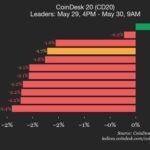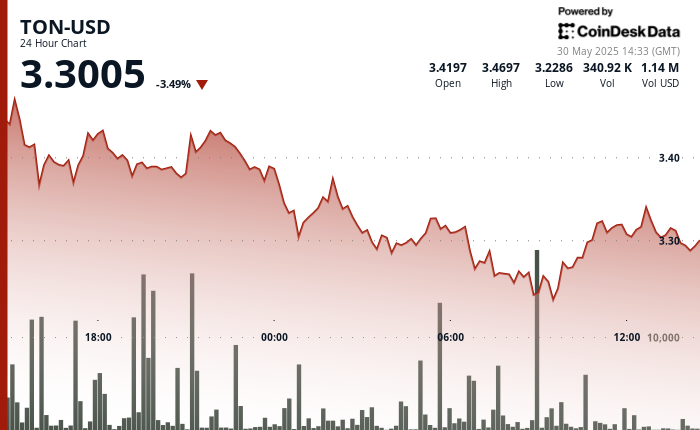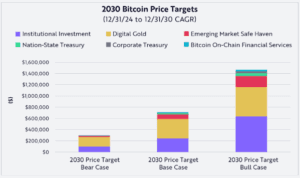
Chainlink Oracle Issue Leads to $500k in DeFi Liquidations, Revives Oracle Controversy
A reported malfunction in a Chainlink price feed resulted in over $500,000 worth of liquidations on May 29, raising questions about the dependability of oracles within decentralized finance (DeFi).
Reportedly, Chainlink’s price oracle for the deUSD stablecoin misrepresented its value at $1.03. This inaccurate information led to forced liquidations for users with deUSD-denominated debts on Euler Finance’s platform within the Avalanche ecosystem.
The fallout was particularly significant for those who were leveraged, given that the asset is backed by real-world assets (RWAs) and is recognized for its high-yield opportunities.
deUSD, which is offered by Elixir, has an overall supply of $185 million, with $42.7 million circulating on the Avalanche network. Because of its yield characteristics, it has been extensively utilized as collateral, permitting traders to leverage their positions up to 10 times in pursuit of substantial returns.
However, this enticing leverage became disastrous when the erroneous data led to a wave of forced liquidations.
The incident has reignited concerns regarding the function of on-chain oracles. Detractors point out that these systems may be susceptible to manipulation and inaccuracies, particularly in less liquid markets.
Omer Goldberg, founder of Chaos Labs, expressed his criticism on social media, asserting that Chainlink delayed a crucial price update by 25 minutes.
He also indicated that the price feed may depend too heavily on APIs like CoinGecko, asserting this is unsuitable for stablecoin valuations.
Goldberg went on to argue that utilizing volume-weighted average pricing (VWAP) in thinly traded pools puts protocols at risk of being exploited. He emphasized, “The point of the oracle is to secure value and protect users. If the oracle is ‘dumb’ and just outputs pool prices, why even use Chainlink at all?”
On the other hand, not everyone shared his viewpoint.
Zack Rynes, Chainlink’s Community Liaison, defended the organization against these claims. He explained that Chainlink simply represents aggregated market data and it is the responsibility of individual protocols to interpret or filter that information.
Rynes noted that a single Curve pool contributed to half of the daily trading volume that day, momentarily pushing the price past $1, which Chainlink’s VWAP accurately reflected. He stated, “Chainlink presents the data users seek on-chain in the desired format; protocols must ensure that the data aligns with their specifications and incorporate any additional checks or limits they find necessary.”
In contrast, Marc Zeller from the Aave Chan Initiative attributed the issue to protocols treating volatile or illiquid assets as if they were stable collateral. He cautioned against labeling risk shortcuts as progress, as this ultimately puts users at greater risk.
Zeller concluded with, “Chainlink did their job.”



















Post Comment